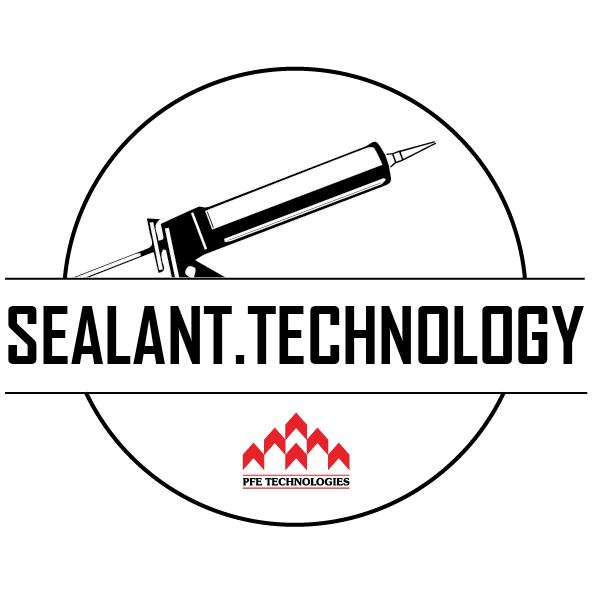WELCOME TO SEALANT.TECHNOLOGY
Sealant.technology is a website brought to you by PFE Technologies Pte Ltd, a Singapore-based company specializing in the manufacture and distribution of sealant products. Sealant Technology aims to be a one-stop resource portal for all information related to sealants, and to act as a informational gateway for an entire knowledge base of sealant technology.
In this site you will find answers to commonly asked questions, from the very simple, all the way to the very technical. Being a very technologically-driven company with a strong focus on technical competency, PFE Technologies strives to provide accurate, up-to-date information, and with our Sealant.Technology portal, we mean for it to be extremely accessible and free for everyone, and catering to a wide range of readers from all over the world – not just from Singapore.
At the core of our expertise are four common types of sealants, and this is the focus of our efforts in this site.
Silicone Sealants
What are silicone sealants? What’s the difference between silicone and silicon? Why are “silicones” used as a generic term for all sealants? One of the main aims of this website is to clear up the misunderstandings and misconceptions regarding the whole “silicone” term.
Silicone sealants have become a sort of industry standard due to its ubiquitous applications in construction projects all over the world. It has unique properties that enable it to be used in an extremely wide range of applications, and has proven to be a very durable, very advanced material for almost any types of conditions. Learn more about silicone sealants here.
Acrylic Sealants
Acrylic sealants were an industry standard before the invention of silicone sealants. Now, although usage has dropped, it still remains a very high-demand product due to its excellent cost effectiveness and economical prices. Acrylic sealants still excel in many applications, arguably more so than silicone sealants in some, but there has been cases where consumers still choose to use the more expensive silicone sealant for the job, resulting in poor results and a higher price. Find out more about acrylic sealants here.
Polyurethane Sealants
Polyurethane sealants, or commonly abbreviated to PU sealants, are technologically advanced sealants that have very good adhesion to many materials, much more than silicones. This makes PU sealants a good choice in applications requiring a stronger bond.
However, there are certain aspects of PU sealants that make them a poor choice for exterior use. It has been appalling to see the number of cases where PU sealants were used in applications definitely ill-suited for them, and seeing contractors spending unnecessary time and effort replacing and resealing joints every year, which would have been absolutely avoidable by using a different sealant. Find out more about PU sealants here.
Hybrid Polymer Sealants
Hybrid polymer products has often been called the “new generation” of sealants, many of which combines the advantages of different chemical bases to create a whole new, advanced, product with unique properties.
Hybrid polymer is a very broad and general term, and any type of sealant with two different chemical bases combined can be termed “hybrid”, if we were to be strict with the terms. However, in the industry, the general acceptance of the term “hybrid” would be for MS Polymers and SPUR sealants. Our focus is more of MS polymers, as it is so far the most successful hybrid polymer sealant in the market.
More Information
Beyond the simple “what are the different types of sealant” questions, we aim to answer a lot more varied frequently-asked-questions, from the simple to the complicated. We want to explore as many parameters as we can, and share that information with as many people as we can, all in the interest of benefiting the entire sealing and jointing industry as a whole. To find out more about sealants and the science behind it, do browse through our resources laid out in the menu of this site.

